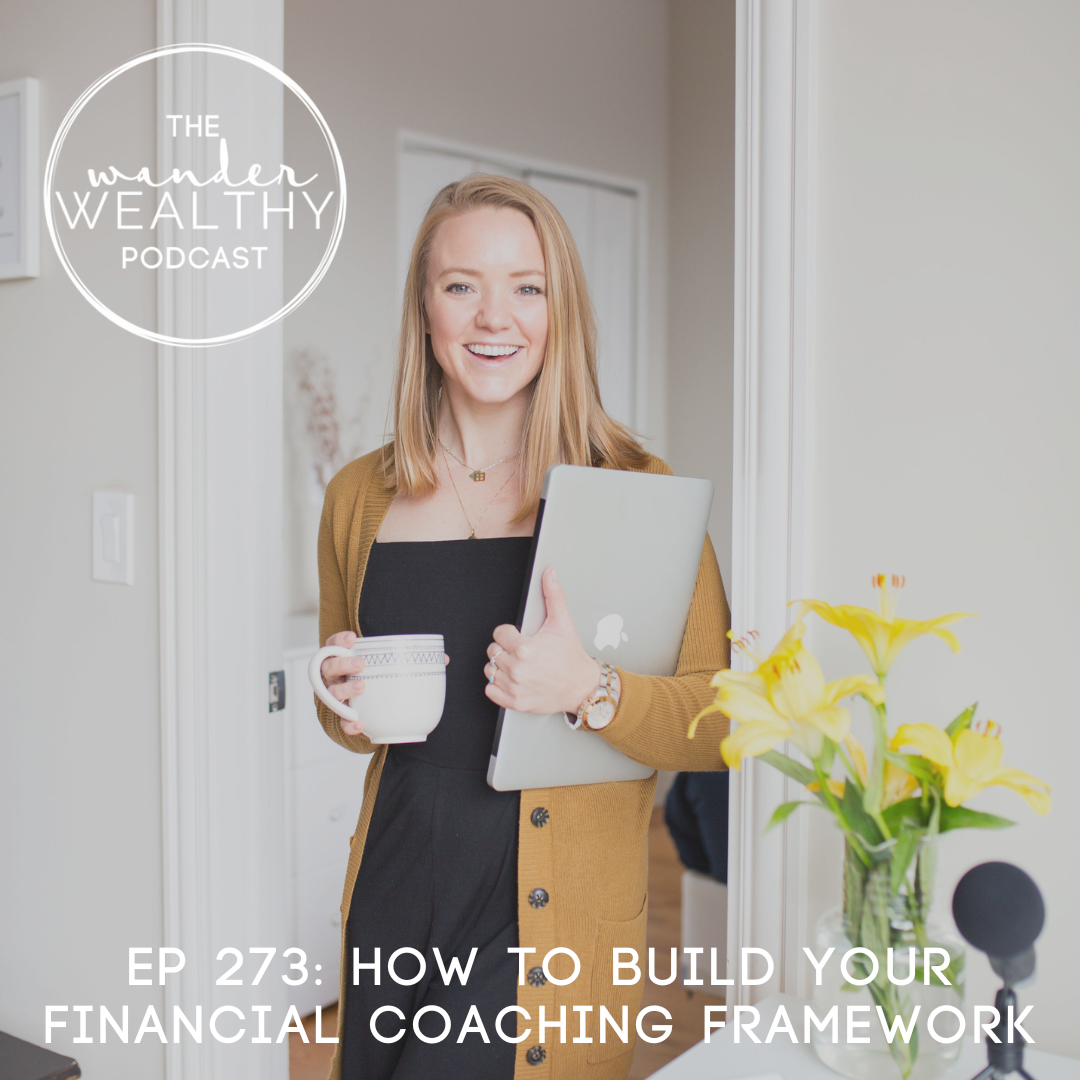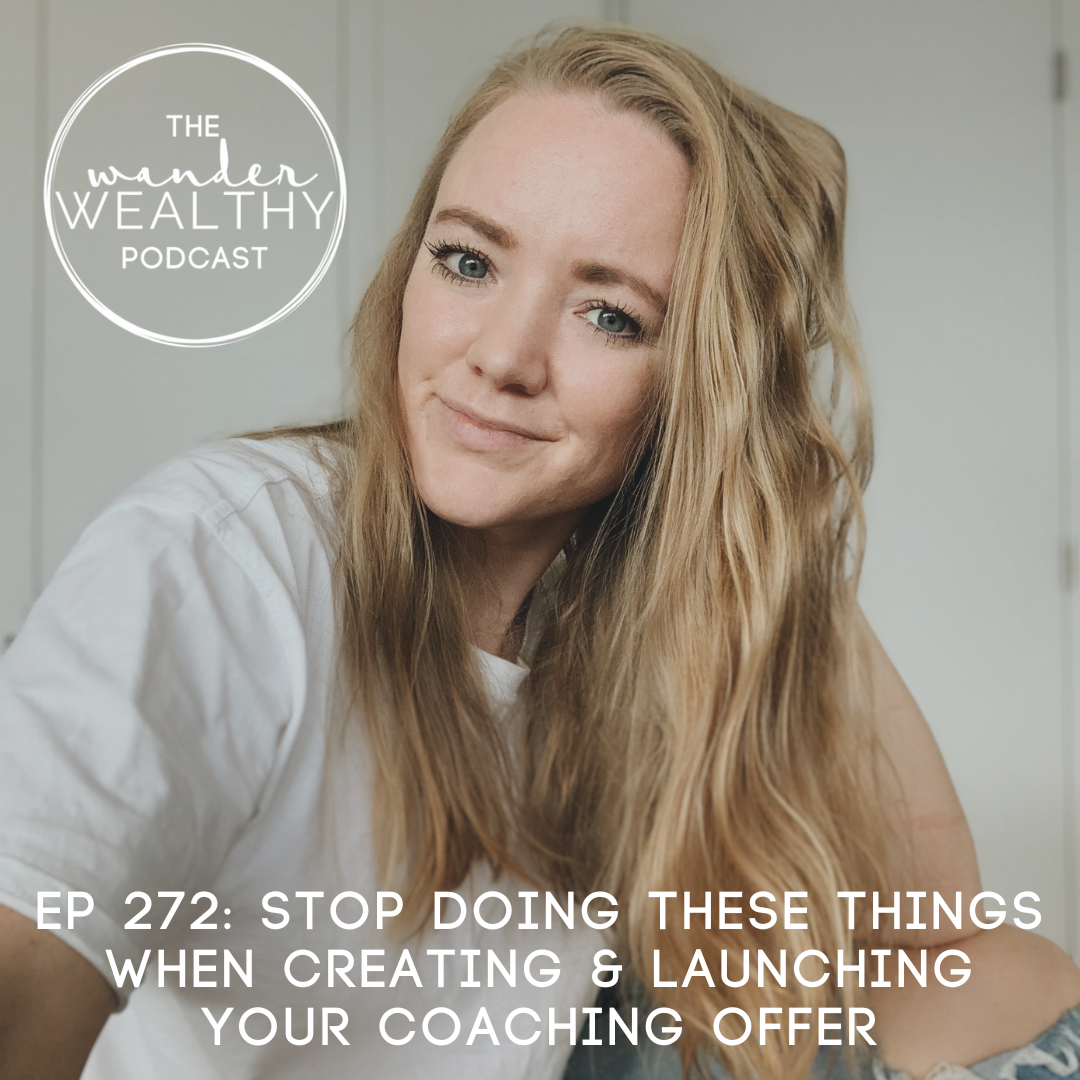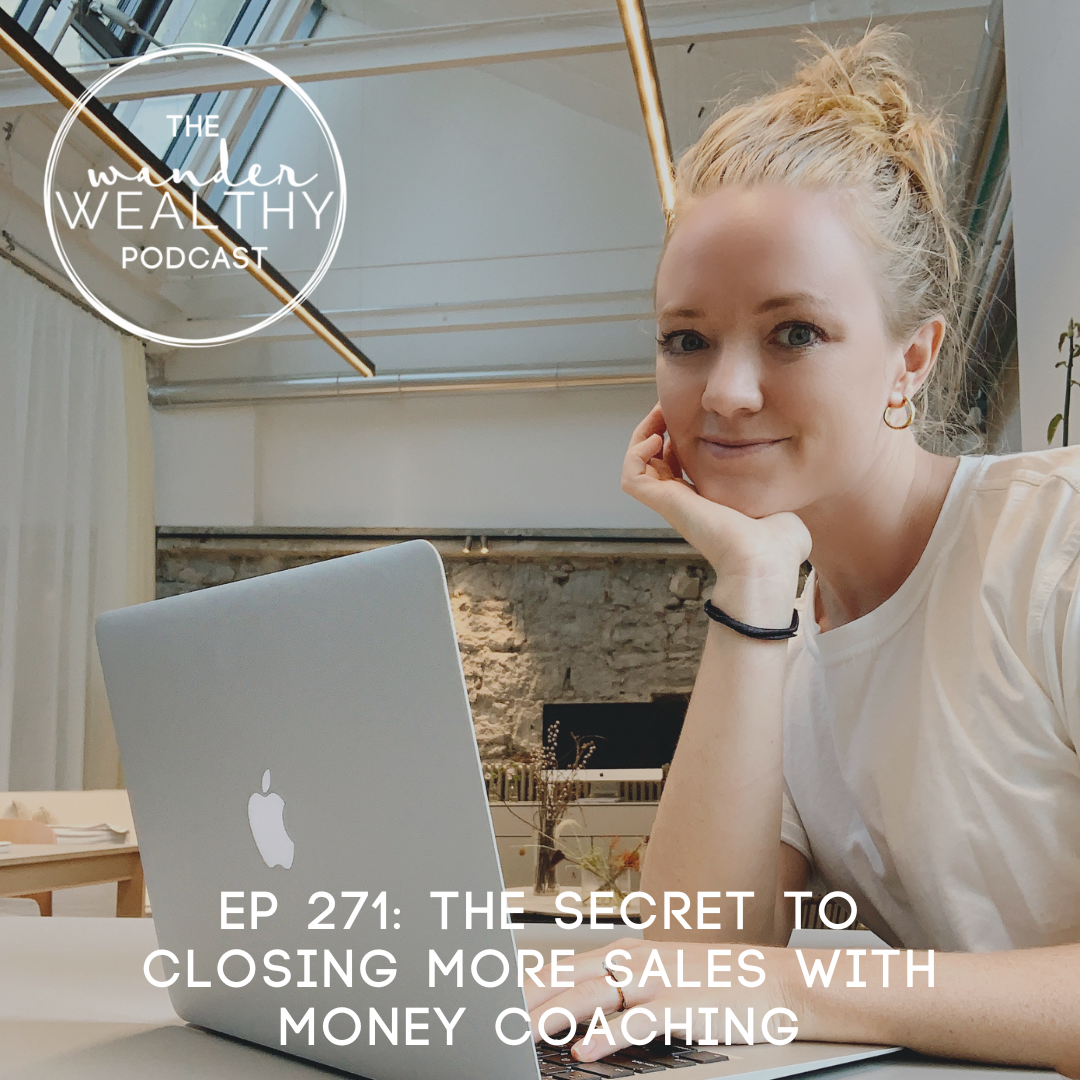WW 264: Pricing Your Offers the Wealthy Coach Way - Solo Show
Today, we are going to be talking about one of my favorite topics when it comes to business, which is pricing your offers the Wealthy Coach Way. I think pricing is such a complex topic for so many people because it feels a little strange. It's definitely something that challenges you not only from a logistical standpoint but also just the fact that selling something you’ve created is amazing. I’m going to walk you through a few steps that are going to help you start nailing down your pricing (hint: you’ll want to grab the Pricing Formula!) Loving this episode? Take a screenshot and share it on Instagram! Tag me so I can send you some love (@Tess_Wicks)
Listen to the show:
Resources FROM THIS EPISODE
I’m looking for 1-2 more clients to work with me in the Wealthy Coach Blueprint 1-on-1 over the next few months. Apply now!
The Client Attraction Content Matrix is here! Jump inside and get a year’s worth of content in a matter of hours! (Hint: There’s a special deal if you buy The Pricing Formula, first!)
Feel frustrated with pricing your services? Join The Pricing Formula to help you start charging the right price!
Grab the free Money Coaching Session Guide that outlines the step-by-step structure of all 3 types of money coaching sessions so you don’t have to figure it out yourself!
OTHER GREAT Resources
Tag me on Instagram @tess_wicks to show yourself working through the Pricing Formula. DM me your questions, thoughts, and feedback and I’ll send you a voice message with answers and so much love!
Want to work with me in my most exclusive coaching package, yet? Email me!
A Quick Recap from this episode
Today, we are going to be talking about one of my favorite topics when it comes to business, which is pricing your offers the Wealthy Coach Way. I think pricing is such a complex topic for so many people because it feels a little strange. It's definitely something that challenges you not only from a logistical standpoint but also just the fact that selling something you’ve created is amazing. I’m going to walk you through a few steps that are going to help you start nailing down your pricing (hint: you’ll want to grab the Pricing Formula!)
It also challenges us on a deeper level because there’s a whole mindset component when it comes to pricing your offer. Don’t waste your time pricing your offer based on what someone else is doing. Run your own numbers, figure our what your “heck no” number is, and go from there. When I work with my clients in the Wealthy Coach Blueprint, we always start with the Pricing Formula which gives you a great workbook and calculator and makes crunching the numbers super easy, but then there are 4 main components and a bonus that factor into your pricing.
1. What you want to take home
You don’t have to add tax on this (we’ll do that later) but this is just what do you want to put in your pocket? What do you want your salary to be? Start with an annual basis and then go from there. Think about all your living expenses, savings, and anything else you want to add in to comfortably live the life you want.
2. Business expenses
What does your business actually need to run? You calculated your own expenses but now you have to do the same for the business and figure out what you need to set aside to keep the business up and running smoothly. This could look like your LLC or any softwares or subscriptions that you have.
3. Taxes
Now we get to taxes. For most businesses that aren’t incorporated (but it depends on your business), your business taxes and your individual taxes are one and the same, but you need to tally up what you’ll probably need to set aside for taxes. If you’re making money, you probably owe taxes, so you want to make sure that’s covered.
4. Add in profit
I think a lot of people feel strange adding in profit, but you have to bake it into your price. We want a business with a healthy cash flow that you can either reinvest into the business or to reward yourself as a business owner who’s probably working hard to build it in the first place. It’s a huge mistake to just charge an hourly rate and consider your salary, you have to bake in all these expenses and making sure you have a profit.
(Bonus) 5. The value gap
So this is where there's a differentiator between everyone just charging their own baseline price, which can be different based what you need as a salary vs. someone else, what your business costs are vs. someone else, and so on and so forth. The value gap is where you start to get from that baseline price, and you bring more value into your offering, which allows the actual value to increase, which allows you to raise the price. The value multiplier can look like a lot of different things.
So once you can sit down and identify what these totals are on an annual basis, it makes actually pricing your program and your services so much more data-backed because now you have an idea of the actual costs that are going into your business, and the actual needs that you have from your business. So we're able to bring that all together, and then get a price point from that.
So how do we do that? Well, take the Pricing Formula that I just introduced based on those 4 main components and the value gap and it gives you a revenue goal. Then we use client capacity and the value stress test to reverse engineer the revenue goal into a price point.
The Pricing Pie
1. Revenue goal
So revenue is ultimately the total of all the things that you sell based on the prices that you sell them at. So if you think about that, then the revenue in your business is made up of how many clients you have and the price that you're selling the services to your clients at.
2. Client capacity
So when you're determining your client capacity, you need to have an idea of the time that you have available. If you're working on this business part-time and you have a 9 to 5 gig, then you know that it's taking that into consideration too. It's also considering how much time you have available to offer to those coaching calls. Then consider the logistics of your program such as length of time.
3. The value stress test
Once we know are needs and divide it by client capacity, we have a baseline price point. Now we can value it up or even stress it down a bit. This is going to be determined by taking your price point into your niche market and determining what your ideal client’s reactions are to the price. It’s a good idea to introduce this to them by sharing what it will cost them on a weekly or monthly basis because you’ll get better feedback when it’s broken down into chunks. If no one in your market wants it, we either need to find a better suited/priced offer for that market or find a different market for the offer.
So those are some of my best kept secrets when it comes to pricing and the things that we really look at when it comes to making an offering that is a no brainer from a financial investment standpoint, but also ultimately delivers on that value that we're promising and we ensure that that's going to happen. If you haven’t already, make sure you grab the Pricing Formula to get the workbook and calculator that will make this whole process easier for you!
Don’t forget that if you’re ready to keep your pricing simple and get some help making more sales, then it’s time for you to grab the Pricing Formula below!
*These links are affiliate links. I’ll get a small commission if you sign up/buy, but this comes at no additional cost to you!












